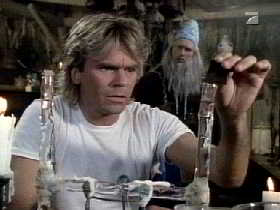220b-winter-2011/hw2
From CCRMA Wiki
Contents
Homework #2: "Homebrew"
due 2011.2.9, Wednesday, 11:59:59 (or thereabout)
In this assignment, you are to record some "everyday" sounds, process/transform/arrange them, creating a composition that, in Paul Lansky's words, "views the mundane, everyday noise of daily life through a personal musical filter."
Tools at your disposal
(note: these are the only tools you are to use (but you don't have to use all of them) - you'll need to obtain permission to use other software or sound samples you didn't record)
- (if you still have it) your homebrew microphone
- something to record into (e.g., laptop/desktop)
- ChucK
- TAPESTREA (optional)
- Audacity/Ardour (for intermediate + final recording/assembly)
SoX
Example of how to change snd file sample rate:
[cmn## lala] sox <inputfilename> -r 48000 <outputfilename>
Specification
What to do:
- 0) spend some time planning things out in terms of the sounds you want to record, the transformations to perform, and how to put it all together.
- As with everyday life, some things might not initially work out as planned/hoped: be resourceful (think MacGyver), and be willing to adapt.
- 1) record a number of sounds around you
- can be many different types of sounds, or many instances of a single type of sound (e.g., traffic)
- at least one sound must be recorded using your "homebrew" microphone (the rest can with any mic, included your laptop mic)
- note the origin of the sounds in your README
- 2) process/transform/arrange/compose.
- check out the code examples from class here
- figure out what you want to do, experiment, try a lot of stuff, have fun
- use ChucK to process/transform the sounds
- the bulk of the arranging should be done in ChucK, with intermediate editing and late-stage assembly in Audacity
- if helpful, record and edit intermediate sound clips from ChucK/TAPESTREA in Audacity (via Jack)
Deliverables
As usual, turn in all files by putting them in your Library/Web/220b/hw2/ directory.
- 1) create a hw2/ directory, and put all the stuff below in there:
- 2) all related source/sound files (.wav/.ck/.tap)
- 3) a short README text (readme.txt) file that:
- specifies instructions on running your programs
- describes your process/adventure, and perhaps the ideas (technical/aesthetic) behind the composition
- gives credit, if needed, for the sounds you are using
- describe any difficulties you encountered in the process
- (EDIT) 4) please email Ge and Nick (ge@ccrma, njb@ccrma) with the URL of the web page
Thanks!!!
